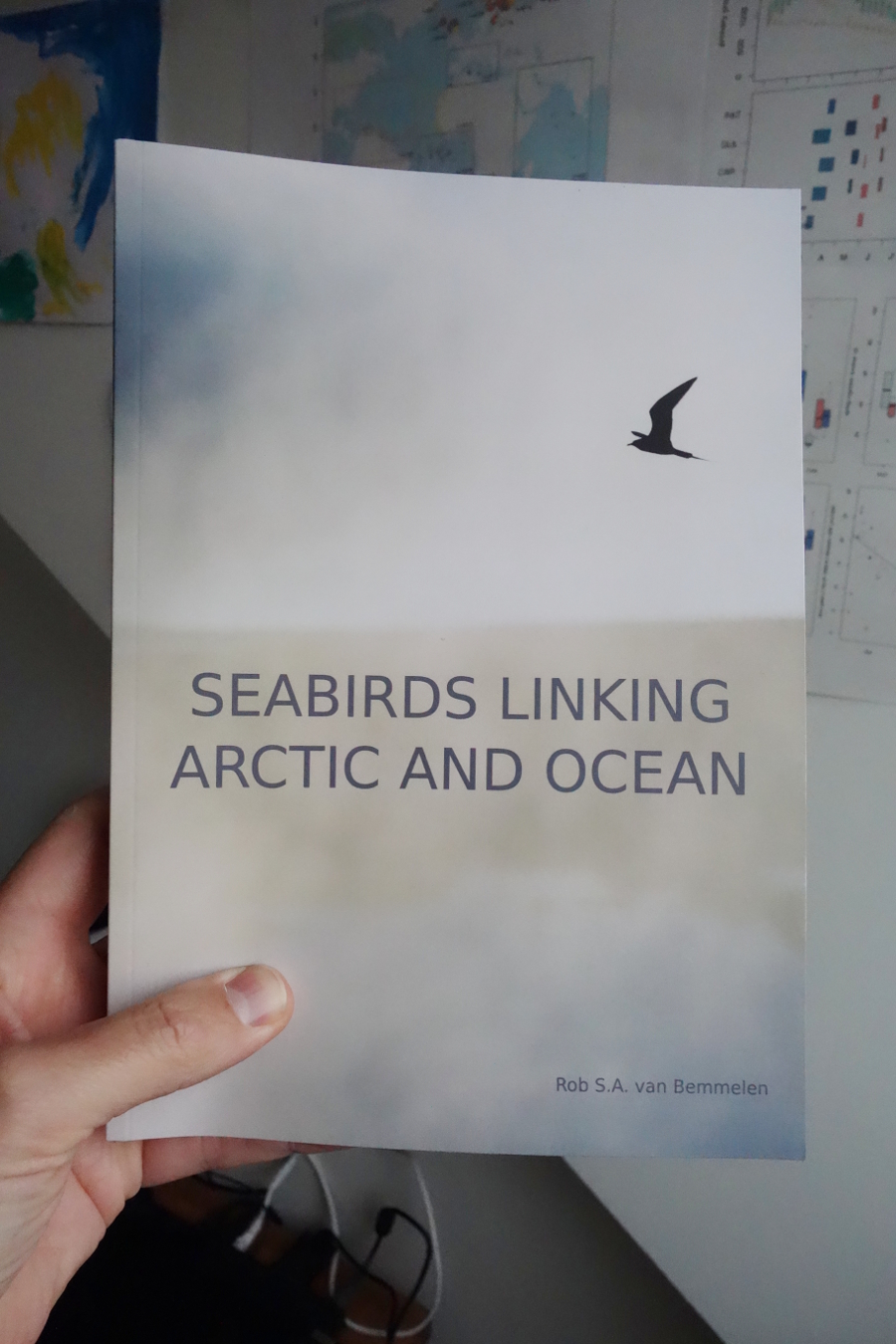I am very happy to announce the publication of two new papers on Arctic Skua migration, which use the fantastic geolocator data that we collected at Slettnes. This Friday, our paper showing the wintering areas and migration schedules of Atlantic Arctic Skuas from 12 breeding sites was published in Movement Ecology (see here)! This paper has been about 8 yrs in the making, is the result of a large international collaboration and was a chapter in my PhD thesis. A parallel paper on the migration stopovers in the Atlantic by Arctic Skuas (led by Nina O’Hanlon from the BTO), using data from the four best-sampled breeding sites, was recently published in MEPS (see here, drop me a line if you don’t have access). Together, these papers give a comprehensive overview of Arctic Skua non-breeding movements. Important knowledge, considering that the species is listed as vulnerable on the European Red List and appears to be one of the fastest declining seabirds in the North Atlantic.
In the multi-colony tracking study published in Movement Ecology, we used the amazing variation in wintering areas in the Atlantic used by Arctic Skuas to study variation in migration schedules. Individual skuas were highly faithful to wintering areas, where individuals from different breeding sites mixed (weak migratory connectivity). We used this system to study the links between breeding latitude, wintering area, migration schedules and carry-over effects in their timing. The wintering area buffered the variation in timing of autumn migration, even at the farthest wintering area where skuas spent about 50 days less than in the northernmost wintering area, the Mediterranean. Breeding latitude led to later breeding, and thereby not only shifted migration schedules, but also changed the duration of periods. Birds breeding further north had shorter spring migrations, spent less time at an important North Atlantic stopover (see also the parallel paper linked to below) and had less time between return to the breeding area and egg laying. However, we did not find consistent evidence that wintering further away led more often to delays in return to the breeding area or laying dates, despite the huge distances in migration distances and schedules.
Thanks to all my co-authors for their patience with this project, and thanks to the long list of people who helped with the fieldwork at the many field sites!














